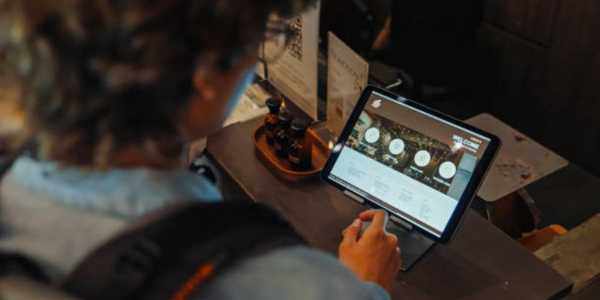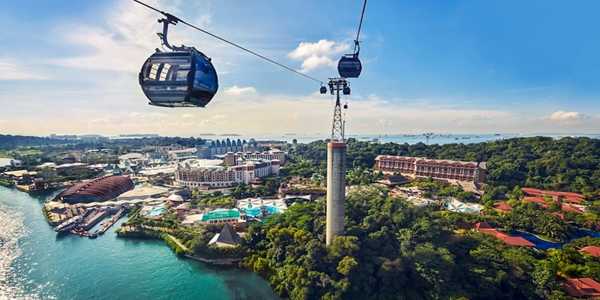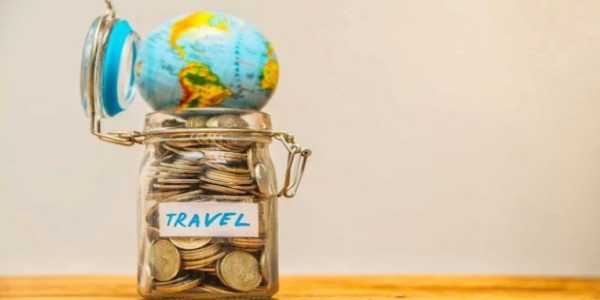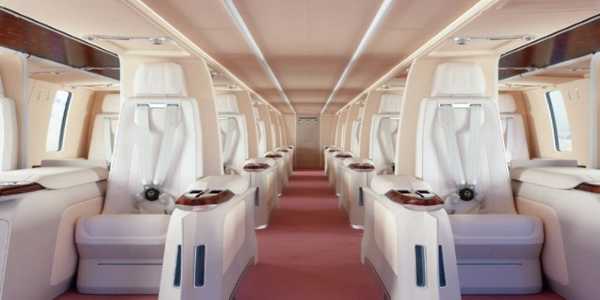The Best Way To Get A Seat Upgrade On Your Next Flight
Flying economy doesn’t always mean you’re stuck with cramped legroom and no perks. With the right approach, you can often move up to premium economy, business, or even first class without paying the full ticket price. Airlines want to fill those upgraded seats, and if you know how to position yourself, you can take advantage of their systems.
This guide shows the most effective ways to get an upgrade, what actually works (and what doesn’t), and which tools and services give you the best chance.
Join Frequent Flyer Programs
Airlines almost always prioritize loyal members when handing out upgrades. Even if you don’t fly often, signing up can make a difference.
Delta SkyMiles, United MileagePlus, and American AAdvantage all offer complimentary upgrades for certain elite tiers.
Some international carriers, like Qatar Airways Privilege Club or Singapore Airlines KrisFlyer, let you use points for upgrades even on discounted fares.
Tip: If you’re not loyal to one airline, look at alliances like Star Alliance, Oneworld, and SkyTeam. Points from one airline often transfer across partners.
Use Credit Card Perks
Premium travel credit cards often include upgrade opportunities, lounge passes, and automatic elite status.
Chase Sapphire Reserve®: Points transfer to partners like United, Air France, or Emirates for seat upgrades.
American Express Platinum: Comes with perks like Delta Sky Club access and access to special upgrade offers.
United Explorer Card: Even entry-level airline credit cards often give priority boarding and a better shot at upgrades.
Cost insight: These cards carry annual fees from $95 to $695, but if you fly more than once or twice a year, the benefits usually outweigh the cost.
Bid For An Upgrade
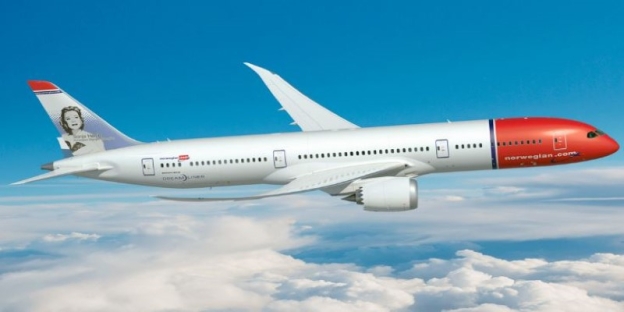
Many airlines now run upgrade auctions. You submit how much you’re willing to pay, and if your bid wins, you get the seat.
- Norwegian Air, Etihad Airways, and Qantas all offer this option.
- Bids typically start at around $100–$300, depending on the route.
This is often cheaper than booking business class outright. For example, a $2,500 transatlantic business ticket could be yours for $600 if your bid goes through.
Look For Day-Of-Travel Deals
When checking in online or at the airport kiosk, watch for upgrade offers. Airlines prefer to sell those empty premium seats at a discount rather than fly with them empty.
- Domestic upgrades can start as low as $75 to $150.
- International long-haul upgrades may range from $250 to $800.
Pro tip: Log into your airline’s app 24–48 hours before departure, when they often release upgrade deals.
Fly At The Right Time
Your chances improve when the cabin isn’t already full of elites.
- Tuesday, Wednesday, and Saturday flights are usually less busy, so upgrades are more likely.
- Off-season routes (like Europe in late fall or Southeast Asia in May) also offer better odds.
If you can be flexible, avoid peak holiday weekends when premium cabins sell out early.
Dress And Act The Part (But Don’t Rely On It)
The old advice that dressing well automatically gets you upgraded isn’t fully true anymore. Airlines prioritize revenue and loyalty first. That said, if there’s a tie between passengers, looking professional may tip the balance in your favor.
Use Points Strategically
Instead of saving points for free flights, consider using them for upgrades. This can give you more value per mile.
Example: A New York to London flight in economy might cost 30,000 miles. The same trip in business could be 60,000–70,000. Instead of redeeming for a free economy ticket, you could book an economy ticket with cash and use 20,000–30,000 miles for the upgrade.
Check your airline’s upgrade chart to calculate if this makes sense.
Book Flexible Or Higher Economy Fares
Cheapest economy tickets often can’t be upgraded at all. Booking slightly higher fare classes opens the door.
United: Basic Economy is not upgradeable. Standard Economy is.
Lufthansa: Discounted fares can sometimes only be upgraded to Premium Economy, not Business.
Cost note: Paying $50–$100 more upfront may give you a shot at an upgrade worth hundreds.
Travel With Smaller Bags
Gate agents are more likely to choose passengers who can be moved quickly without worrying about reshuffling overhead bins. If you only carry a backpack or small bag, you’re an easier candidate.
Ask Politely At The Gate
This doesn’t always work, but a polite inquiry never hurts. Instead of asking, “Can I get a free upgrade?” try:
“Are there any paid upgrade options available today?”
This signals that you're willing to pay something, which makes you more attractive to the airline. If they need to move people for weight balance or an overbooked economy, you might get upgraded without extra cost.
Use Upgrade Services And Tools
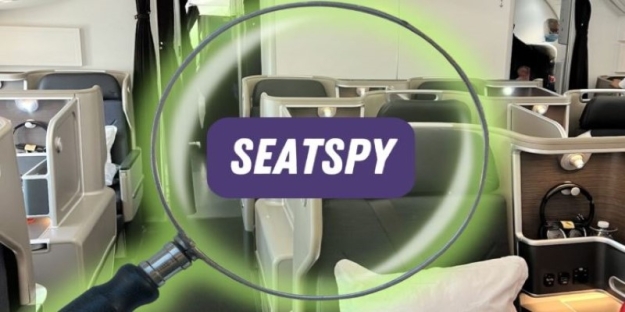
Several companies specialize in helping travelers find upgrade opportunities:
- ExpertFlyer: Tracks upgrade availability for specific flights.
- SeatSpy: Shows when premium award seats are open, which often indicates upgrade space.
- Point.me: Helps you figure out the best way to use points for upgrades across multiple airlines.
Most charge a subscription fee (around $5–$10 a month), but frequent flyers find them worthwhile.
Volunteer To Get Bumped
If a flight is oversold, airlines often ask for volunteers to take a later flight. Negotiating an upgrade on your rebooked flight is very possible. Along with travel vouchers, you may score a seat in premium class.
Quick Tips To Improve Your Odds
- Check in early: Puts you on the radar for available upgrades.
- Travel solo: Easier to upgrade one passenger than two or three.
- Monitor seat maps: If premium cabins look half empty a day before departure, your odds are higher.
- Use airline apps: They often push real-time upgrade offers you’d miss at the counter.
Best Practices Before You Fly
- Always credit your flights to a frequent flyer program, even if it’s not your main one.
- Carry a travel credit card with upgrade perks or elite status tie-ins.
- Keep an eye out for “fare sales” in business class; sometimes buying business directly is cheaper than chasing upgrades.
- Be flexible—your willingness to change flights or times can often land you in a better seat.
Conclusion: How To Choose The Best Strategy?
The best strategy depends on your travel style and budget. For saving money, bidding systems and last-minute deals give strong value. For long-haul comfort, points often stretch further on upgrades than free economy tickets.
Frequent flyers benefit most from elite status and credit card perks. By mixing loyalty programs, smart card choices, and timing, you can move into premium seats without the full price tag. With the right approach, your next trip could start in business class instead of row 34.
Was this helpful? Share your thoughts
- Learned practical methods
- Solved my questions
- Inspired new ideas
-
![Northern Lights Tour Tromsø: Worth It In 2025?]() Northern Lights Tour Tromsø: Worth It In 2025?
Northern Lights Tour Tromsø: Worth It In 2025? -
Tromsø, often called the "Gateway to the Arctic," is one of the best places on Earth to witness the northern lights. Every winter, travellers flock to this Norwegian city hoping to see the dazzling green and purple displays that light up the polar skies.
Explore More
-
![The Ultimate Guide To Italy Food Tours For An Unforgettable Journey]() The Ultimate Guide To Italy Food Tours For An Unforgettable Journey
The Ultimate Guide To Italy Food Tours For An Unforgettable Journey -
Italy stands as a global beacon for culinary excellence, drawing millions with its rich traditions and diverse flavours. This guide explores Italian food tours in depth, offering insights into why these experiences captivate travellers worldwide.
Explore More


